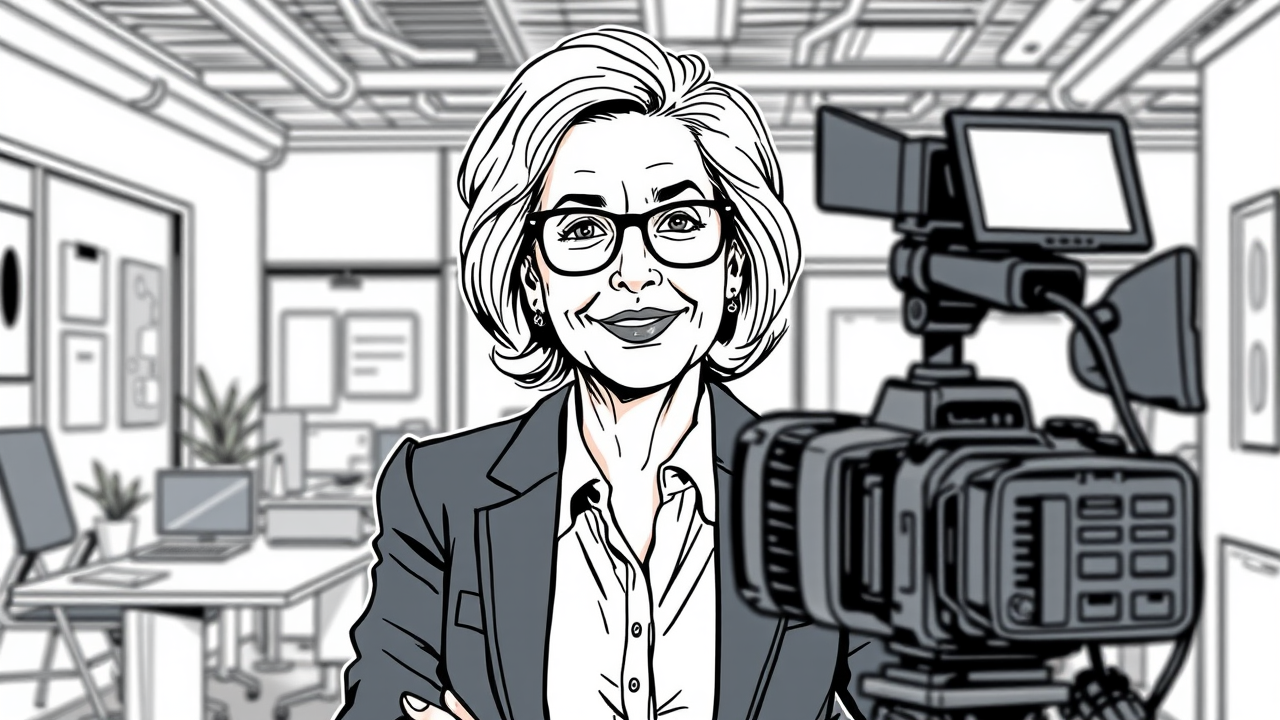The problem
Executive coaching and leadership company needs to modernize its product delivery.
Executive coaching clients aren’t getting full value. In 2022, they receive PDFs from a 2010s system, and coaches can’t tell if clients receive or use the content. Clients are also bombarded by multiple emails with links to videos related to the written content. The business lacks ways to protect their proprietary content and also lacks modern feedback to track satisfaction and to fix problems early.
How can we improve product delivery and quality to make leadership coaching more engaging and keep clients long-term?
How might we create more value for coaching clients, while providing the coaches and the business team with more data to continue to iterate and improve the coaching experience?
Results
For a modern learning management system, Southwestern Consulting partnered with Docebo. Legacy content was upgraded into new micro-learnings with the videos included inside the courses.
Upgrading product delivery had multiple downstream impacts for the business.
The strategic development and launch of over 200 digital courses enhanced client capabilities to achieve personal and professional growth. Coaches were able to personally curate the course content provided to each client. Tens of thousands of courses were completed by clients.
With new survey feedback from the online courses, the team was able to identify gaps in coaching program offerings, and launched three new coaching programs since 2024.
Overall, client lifetime value grew 20%, while new daily feedback loops showed a tremendous increase in Net Promoter Score to an excellent level over 70 NPS.
Research Process
Extensive research was conducted to understand and articulate the problems being solved, to evaluate business needs, and to define our requirements.
To understand pain points for coaches and their clients, over 200 coaching calls were shadowed. Internal meetings surfaced the needs and wants of the business.
Learning management system technology vendors were evaluated. Discovery calls were held with the product and technology leaders and potential vendors. Sandbox demo platforms were tested. Meetings and correspondence with reference customers helped identify pros and cons. Some team members even attended a learning and development industry conference.
When the top two contenders emerged, formal presentations by the vendors were held.
Building and Implementation
With the new technology available to the team, now was the time to architect the system and define the content for the micro-learnings.
Collaboration with top-tier coaches helped the team to “right size” the content so that a digital course and its content aligned with how the content is discussed with coaching clients.
Upgrading the content
Video production was upgraded with new modern cameras and a video studio, and hundreds of videos were re-shot and streamlined. New video production increased the number of coaches featured in the videos, and clients loved seeing their coach featured in the product.
To assist in the creation of the courses, an instructional designer joined the team.
Feedback loops were established using survey tools like Qualtrics.
Product Kickoff, then Iterating and Improving
At the annual sales conference, I presented the new product upgrades to the team.
The new LMS technology also helped the onboarding process for new coaches.
Thousands of survey responses helped the team identify and make data-driven recommendations on future product enhancements.
Final Thoughts
For product leaders and learning & development leaders, the process of evaluating, selecting, and implementing a learning management system (LMS) is a complex project that touches an entire company.
The LMS industry is competitive, so closely evaluate 5+ vendors and build out sandbox environments. Get a demo account with Articulate Rise to build your prototype course content.
Internally, be aligned and clear on your requirements, such as a branded mobile app, gamification, multiple domains. Bring your technical leads along for the ride, and dig into platform functionality.
Tech stack integrations: when possible consolidate and simplify. Do the extra work up front to avoid technical debt that will be repaid with interest down the road.
Talk with and take meetings with at least two (2) Reference Customers for any LMS platform finalist. If the timing works out, attend a conference such as DevLearn or the LMS vendor’s conference before you buy or launch.
Watch out for smoke and mirrors with trendy “AI platform enhancements.” Yes, everyone is an “AI company” now.
Will your customers find value and actually use any “AI features” offered by the platform?
Lastly when it comes to contract negotiations, be conservative on how many Monthly Active Users (MAUs) your system needs. Will every employee use the system monthly? Or will employees use it just for onboarding and annual recertification? Better to pay small overage fees one or two months a year, than to pay for thousands of MAU you won’t use throughout the year.
Learning is a lifelong journey, so keep the foot on the gas and enjoy the ride.






